As a big advocate of products that are made from renewable resources and biodegradable materials. Compostable phone cases can be a great way to raise recycling rates at work or spread awareness about sustainability. Compostable phone cases are made by sustainable materials which typically have two types: Natural materials and organic materials. Some examples about the natural eco friendly material includes:
Sustainable Natural Materials
- Sustainable plastics
- Bamboo
- Wood
- latex
Sustainable Organic Materials
soil
onions
carrots
pepper
sawdust
rice
soybeans
wheat
Among this category, if you're looking for a way to increase recycling rates in your office or send a message about sustainability, choosing a compostable phone cases would be considered as an ideal purchase.
This guide will help you find the right products further not limited by phones but anything with a reference to the materials mentioned above. Before moving on, here are several questions about biodegradable phone cases worth answering:
What makes a product eco-friendly? What are the differences between compostable, biodegradable and recyclable? How to measure if a product is 100% eco-friendly.
With these questions in mind, it will be extremely helpful in making best decision when choosing compostable phone cases for your unique lifestyle!
Eco-friendly Phone Case Defined
Here are certain criterias for determining if a phone case is eco-friendly:
- Is beneficial, safe & healthy for individuals and communities throughout its life cycle
- Meets market criteria for performance and cost
- Is sourced, manufactured, transported, and recycled using renewable energy
- Optimizes the use of renewable or recycled source materials
- Is manufactured using clean production technologies and best practices
- Is made from materials healthy throughout the life cycle
- Is physically designed to optimize materials and energy
- Is effectively recovered and utilized in biological and/or industrial closed loop cycles
If a phone case rigorously satisfies all the requirements above, then there would be no doubt about whether this phone case is safe to use.
Anacotte eco-friendly phone cases align with the following material testing standard:
- ASTM D6400
- ASTM D6866
- FSC™ (Forest Stewardship Council™) and PEFC (Programme for the Endorsement of Forest Certification)
- EN 13432
- OK Compost HOME
- ISO 1133
Compostable vs. Biodegradable - what's the difference?
As mentioned above, there are three types of sustainability products: compostable, recyclable and biodegradable.
Compostable products:
- Leaves no microwastes
- Can be put in to compost or recycled bin
- Can break down into biomass, or other organics and leaves no residues
- Typical composting process takes 90 days.
Biodegradable Products:
- Break down naturally into organic materials through an uncertain period of time.
- The degration proces starts naturally(such as bacteria, fungi)
- Little chance that might leave residue.
Recyclable Products:
- Converts to reuseable materials
The difference between these terms is that when you compost waste organic material like food scraps or garden soil it can help the environment by breaking it down into oxygen molecules which then feed plants in your yard outside your house.
While both types of phone cases are able to decompose once they've reached their end-of-life stage,
There's an important difference between them in how easily they do so compared with some other materials like plastic bags (which take hundreds if not thousands of years).
A step-by-step guide to choosing the right products for your business:
Choosing the right phone case can be a challenging task.
You want to make sure that your customers are getting what they need and deserve, but at the same time, you don't want to be wasting their money on something that won't last long enough to justify its cost.
So how do you know which materials are best?
There's no simple answer here—but there are some general guidelines that can help you decide:
Biodegradable materials break down in nature over time, making them environmentally friendly choices when compared with non-biodegradables (like plastic). However, these types of cases often don't have enough durability or protection offered by other options as well as more expensive ones made from recycled plastic or leather/textiles (for example).
Recyclable plastics include PETE bottles (polyethylene terephthalate), PS bottles (polystyrene), and HDPE 1-liter soda bottles — all recyclable plastics except for HDPE 2L soda bottles because they're not commonly recycled into new products yet!
Questions to ask your supplier before buying a compostable phone case:
To get down to specific detail and ensure you are getting a bang for a buck and helping to save the environment as well, we recommend you to ask questions like these:
What materials are used in the phone case?
How long does it take for the phone case to degrade?
Is the phone case recyclable, and if so, how can you dispose of it properly at your local recycling center or drop-off location?
What impact does your product have on our environment as well as yours? Is there any way that you can reduce such impacts and make a positive change in our world today by using compostable/biodegradable materials instead of plastic or other manmade products that may harm us or our planet tomorrow?
What makes a sustainable phone case so special?
We’re all familiar with the idea that plastic is bad for the environment. And while it’s true, there are ways to reduce your carbon footprint and make a better choice for those around you.
One of those ways is by using biodegradable and compostable materials in your phone case.
What makes these types of cases so special?
Well, first off they are made from 100% recyclable materials—so you can also recycle them at home or throw them in your curbside recycling bin when done with them!
Second, they have a lower carbon footprint than traditional plastic cases because they decompose quickly into the soil rather than sitting around in landfills until they become part of an incinerator somewhere (which releases harmful gasses into the atmosphere).
Make a difference by choosing the right materials:
You can make a difference by choosing the right materials. Choosing biodegradable and compostable phone cases is important for the environment because they are better for the environment than plastic phone cases.
You can also choose to be environmentally friendly by using biodegradable and compostable products, which will help protect our planet from damage caused by plastic pollution in landfills or other places where waste may end up after being disposed of improperly.
Biodegradable and compostable substrates are made from natural sources like cornstarch, wheat straw, or sugarcane waste; these materials break down in nature over time when exposed to sunlight or moisture (like rain).
They're not tested on animals before being used as part of our daily lives—which makes them even more wonderful when it comes time for us humans' use as well!
Choosing these types of substrates will ensure that you're taking proper precautions towards protecting our planet while still doing what feels right at home: having fun with your friends/family/partner(s)/child(ren) using their favorite new iPhone case!
We’re excited to be able to help you make the switch to a more sustainable phone case and we hope that this guide has given you the information and confidence to do so.
We know it can be confusing at first, but with some practice and research, compostable phone cases are easier than you might think!

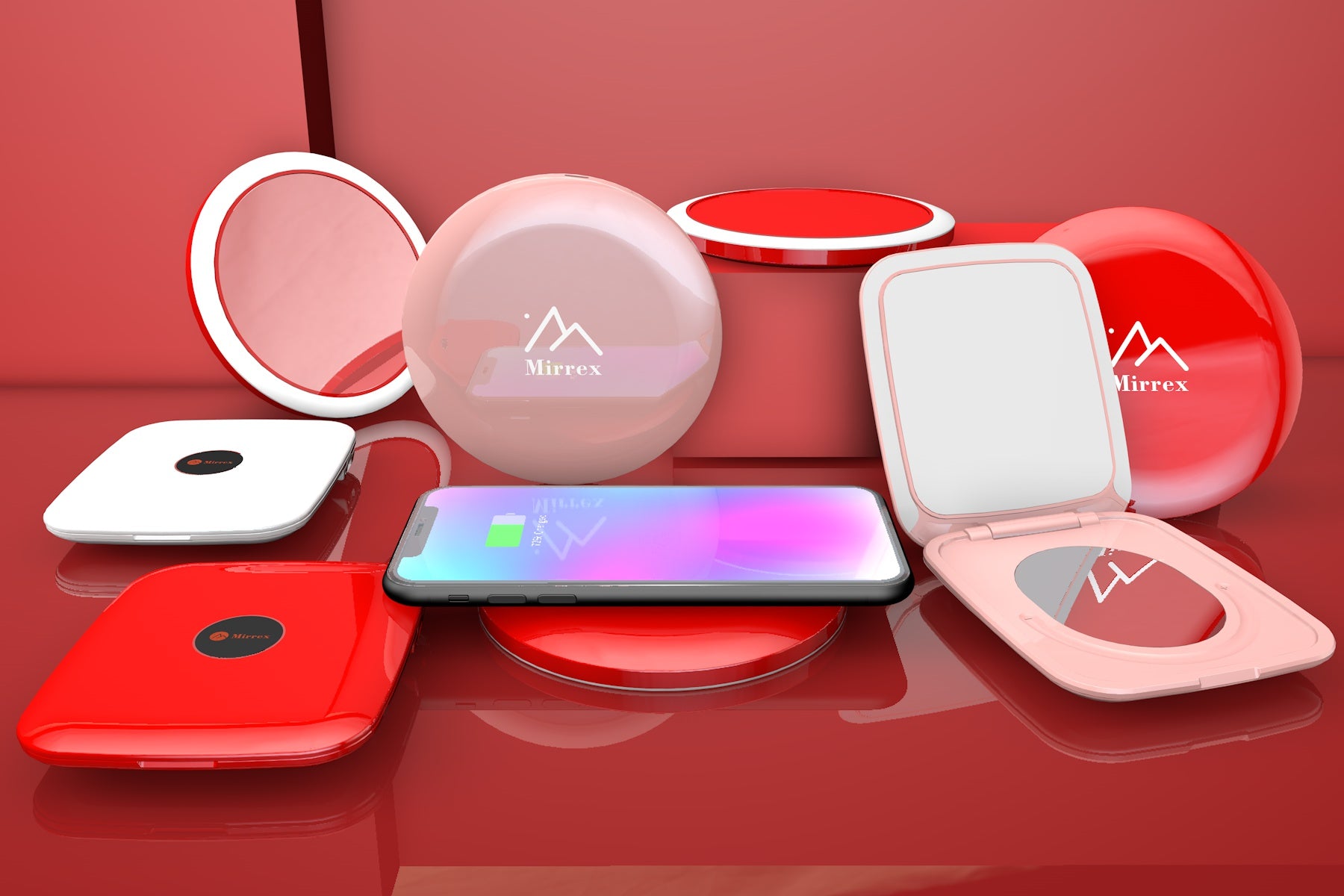


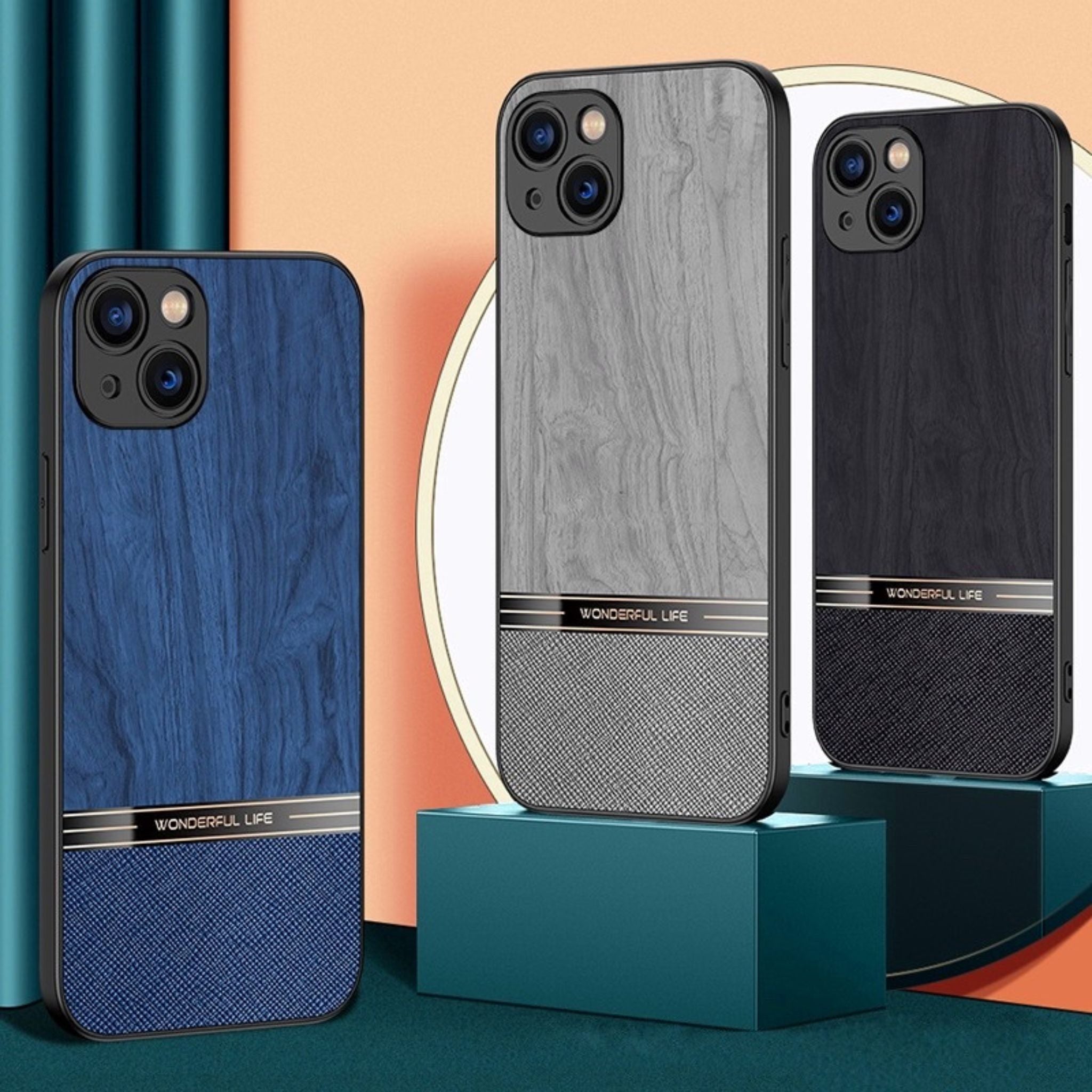
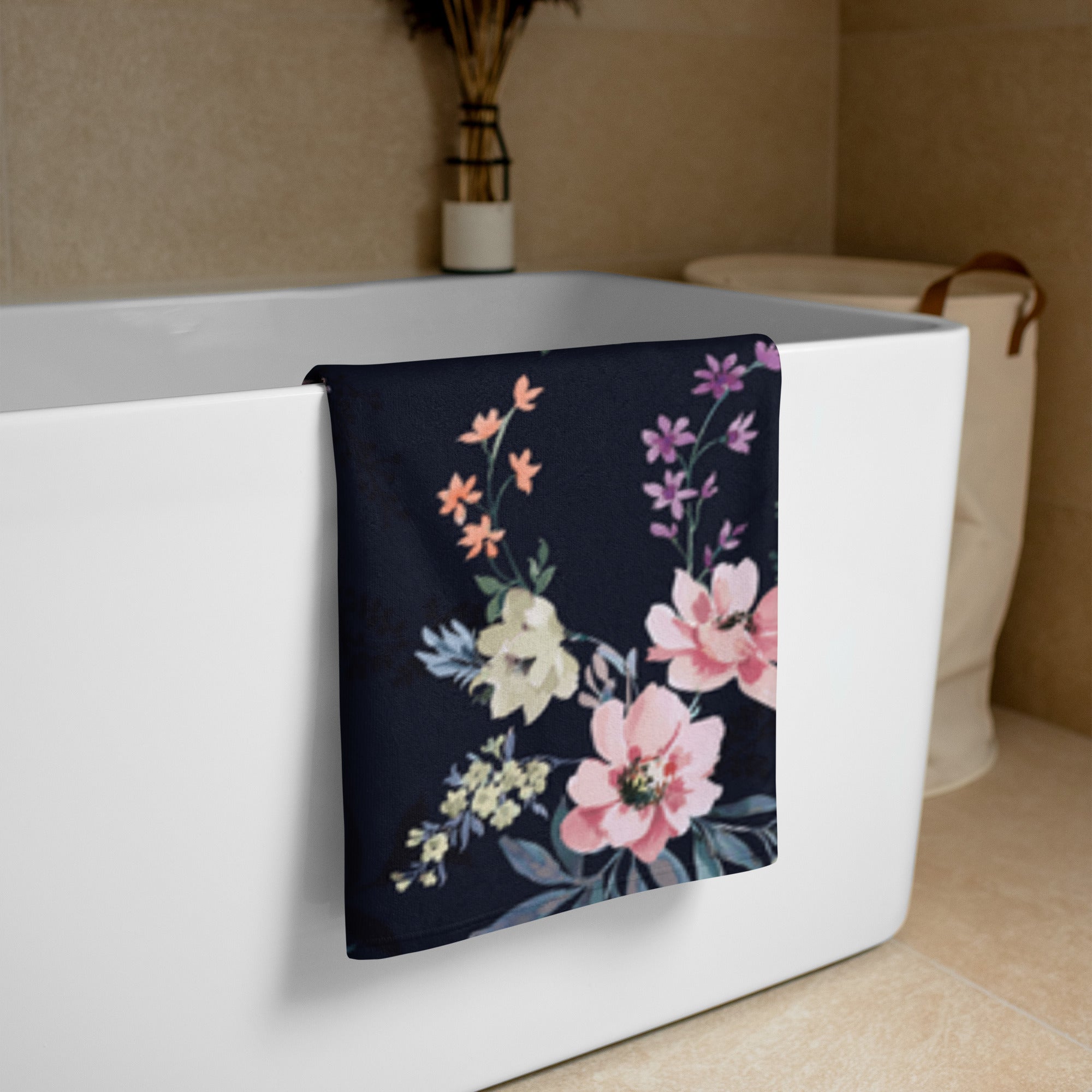

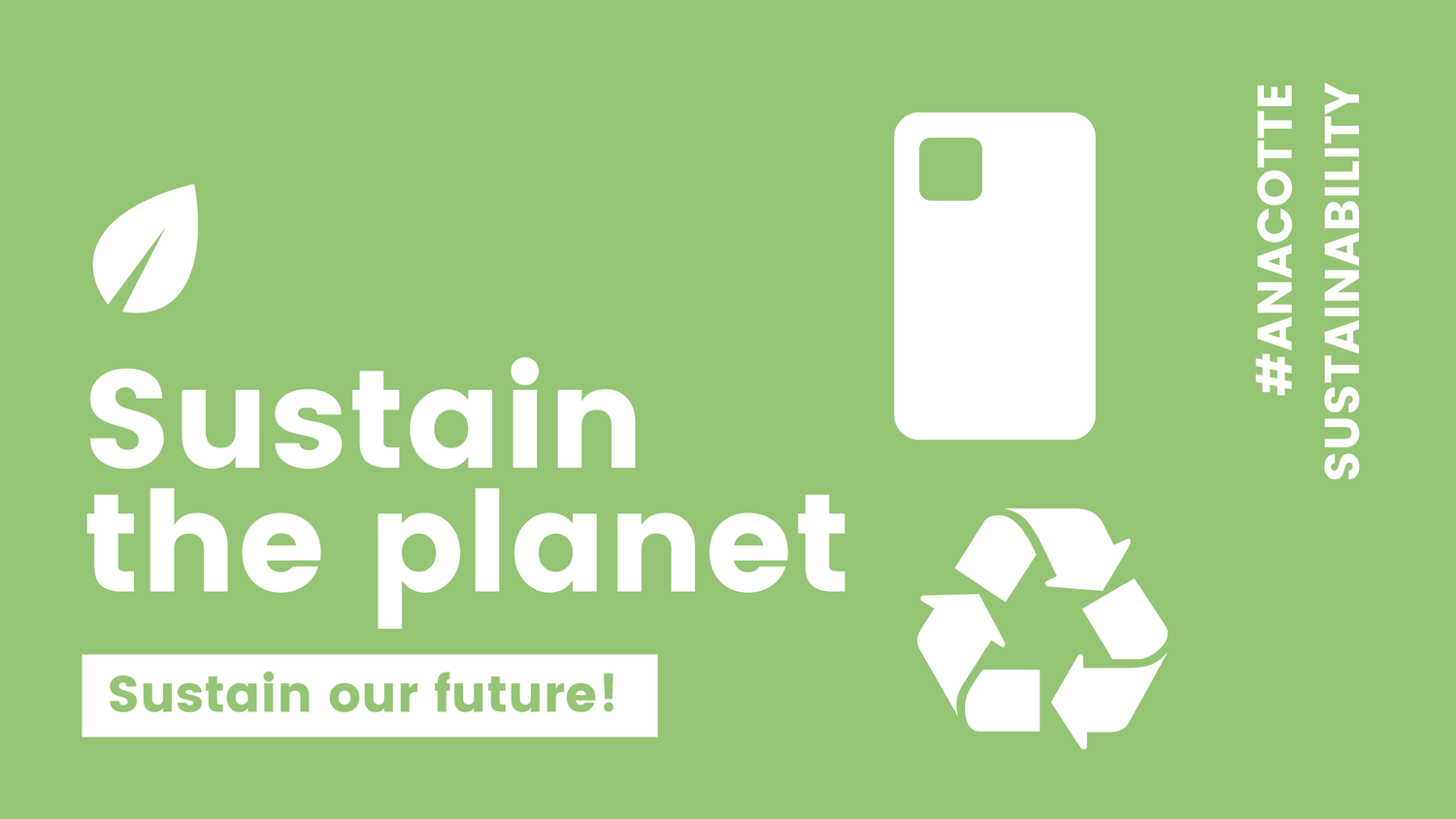
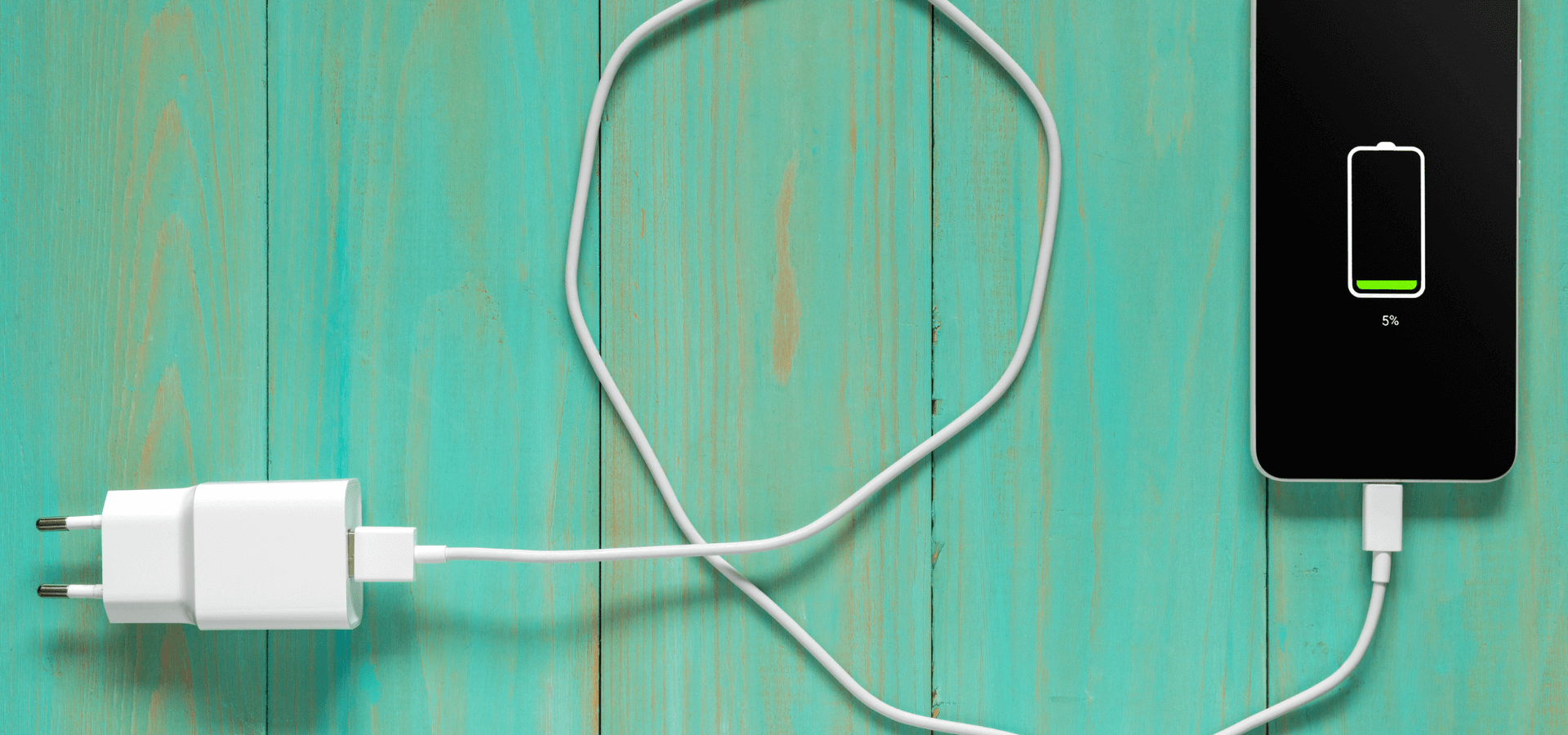
Leave a comment
This site is protected by hCaptcha and the hCaptcha Privacy Policy and Terms of Service apply.